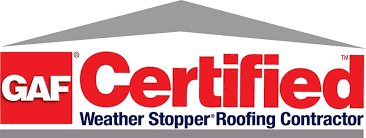
Roof coatings are designed for protecting and extending the useful service life of roof assemblies for new construction and more commonly, existing roof coverings, such as BUR, metal, modified bitumen, single ply membranes, and spray polyurethane foam.
Protect Your Roof
Roof coatings are thicker than paint and have a higher solids content. Roof coatings are formulated to protect roofs from the damaging effects of weather and the environment, such as UV light, and excessive water and wind. Unlike paint, which is typically applied in portions of a gallon per 100 square feet, roof coatings are applied in terms of multiple gallons per 100 square feet. Today, there are various types of roof coatings on the market that can benefit any type of roof.
The most common types of roof coatings are acrylic coatings, asphalt coatings, polyurethane coatings, and silicone coatings.
Benefits of Roof Coatings
Roof coatings are applied to low slope roofs on residential, commercial, and industrial buildings to extend the life of a roof by preventing water, chemical, or physical damage which saves money for the building owner. Certain roof coatings even provide an extra level of waterproofing protection to help shed water to keep building interiors dry. Also, roof coatings are the most effective and least costly option to help buildings save energy.
How Roof Coatings Lower Roof Temperatures
Reflective roof coatings reflect visible light and infrared and ultraviolet radiation. This leads to lower roof temperatures which in turn helps reduce cooling costs for buildings with air conditioning units and reduce interior temperatures in buildings with no cooling units. By minimizing cooling costs in warmer climates, peak energy usage is reduced thereby decreasing the risk of power outages and the strain on the electrical grid.

